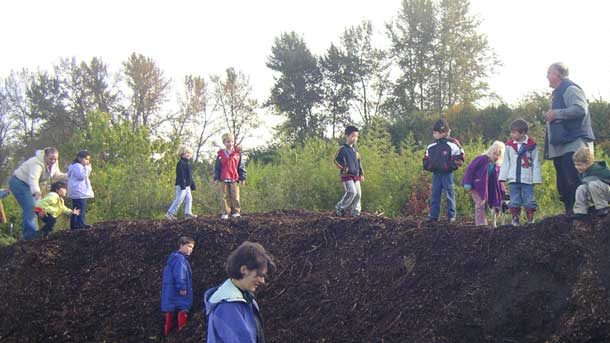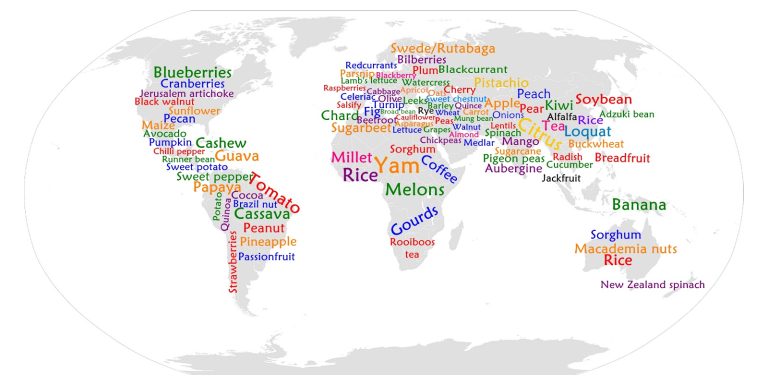If you live in the city, that doesn’t mean you can’t grow your own fruits and veggies! By using a few simple strategies, you can enjoy fresh homegrown fruits and veggies, year round.
If you’re renting, and especially if you live in an apartment, it might seem impossible to create the permaculture project where you are. But don’t be discouraged! The vast majority of our students AND our faculty are renters, and you can do A LOT without ever owning a place.
Gardening Tips for Renters & City Dwellers
Let’s get practical! It’s all fine and good to cultivate a designer’s mind, but we also want you to feel empowered to jump in and get dirty, no matter where you live now.
Here are some skills that will come in handy for every urban dweller who wants to grow their own food:
1. Master the art of container gardening. Container plants have their own special needs, but it’s a short learning curve and you can make containers out of just about anything, and place them just about anywhere, and get an abundance of food, flowers, and medicine. (We’ll circle back to this later on in the class.)
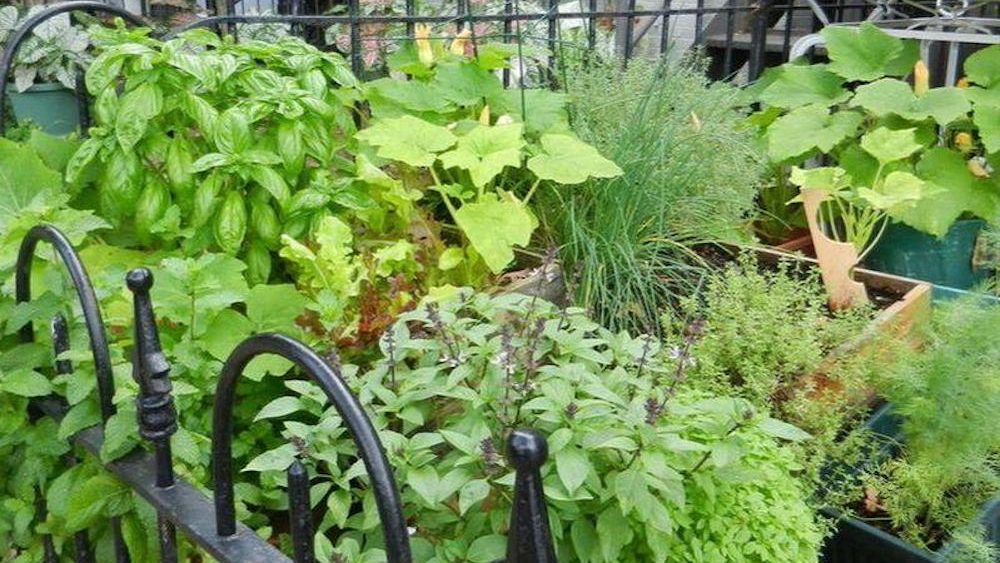
2. Grow your own worms. Worm compost makes a perfect addition to a container garden, and also gives you a handy place to dump your kitchen compost. A tiny worm farm is super fun to make and produces a large amount of fertility.
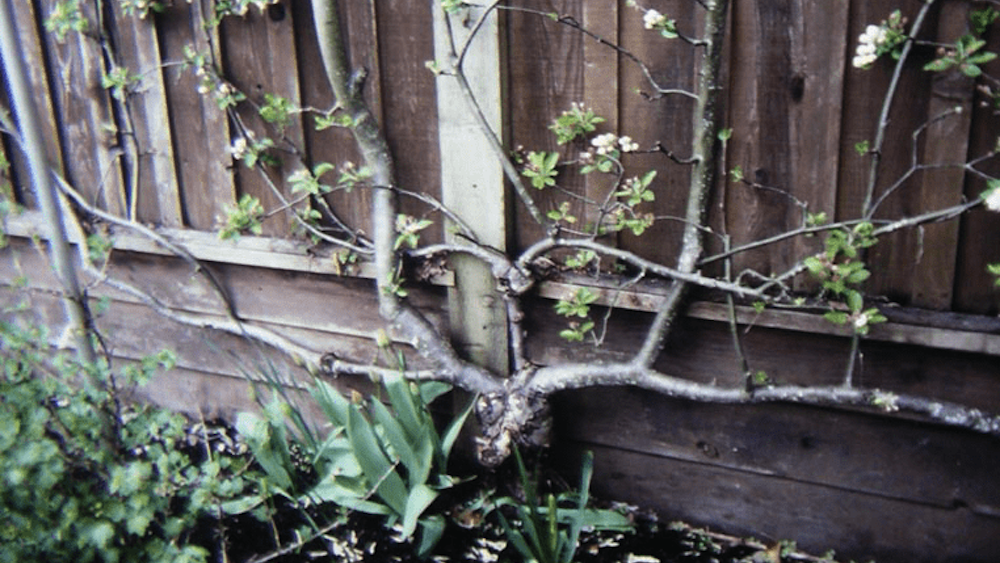
3. Growing in a small space? Grow small plants. Choose dwarf fruit trees and keep them pruned. Grow short-season vegetables and choose varieties that produce when plants are still small.
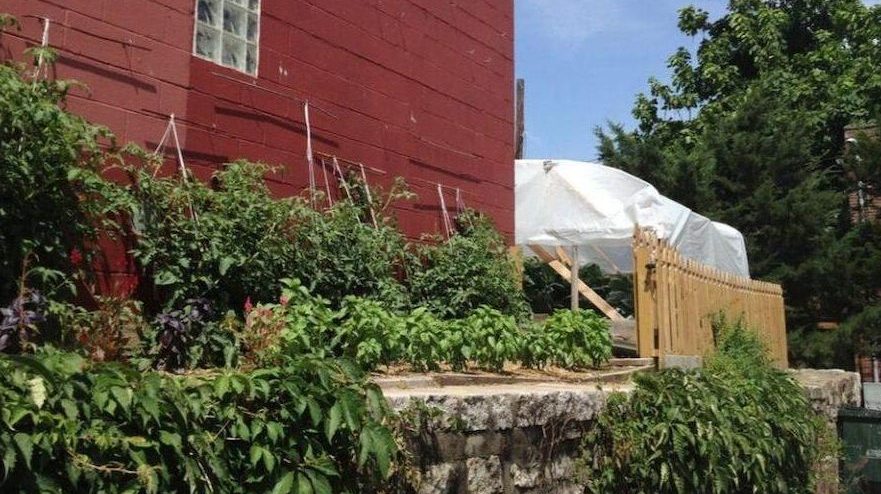
4. Maximize vertical opportunities. Grow edible vining plants like kiwi, grapes, passionfruit, or hops, and grow them up (and down) the sides of buildings, fences, and freeway overpasses. A tiny piece of ground can produce massive vines.
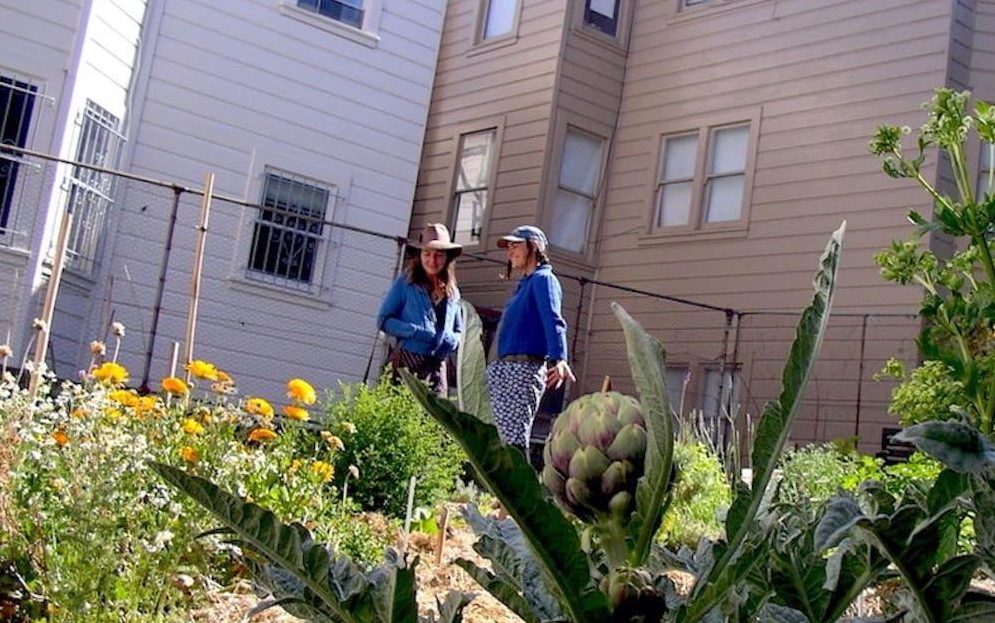
5. Meet the Neighbors. If you don’t have access to garden space, look around and see who does. Maybe they want to share, and you can grow food together. Or maybe your whole apartment building can rally the landlord and get a project happening on the roof!
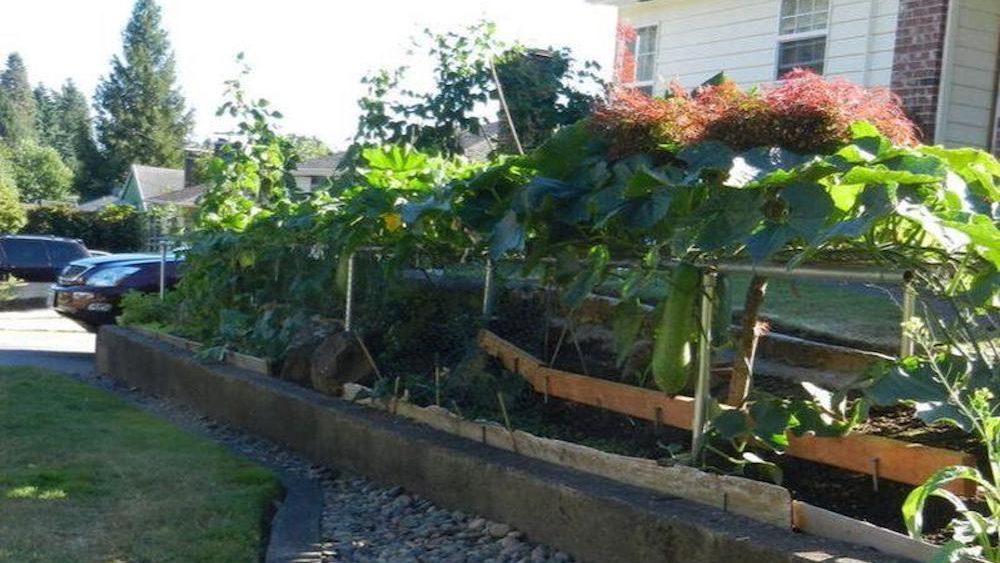
6. Integrate with the existing landscape. Is there a local park? Maybe you can commandeer a sunny corner and start a neighborhood garden. Even a parking strip with some scrubby shrubs can be a good spot to plant a few zucchini or potatoes, and you might be surprised how much food you get!
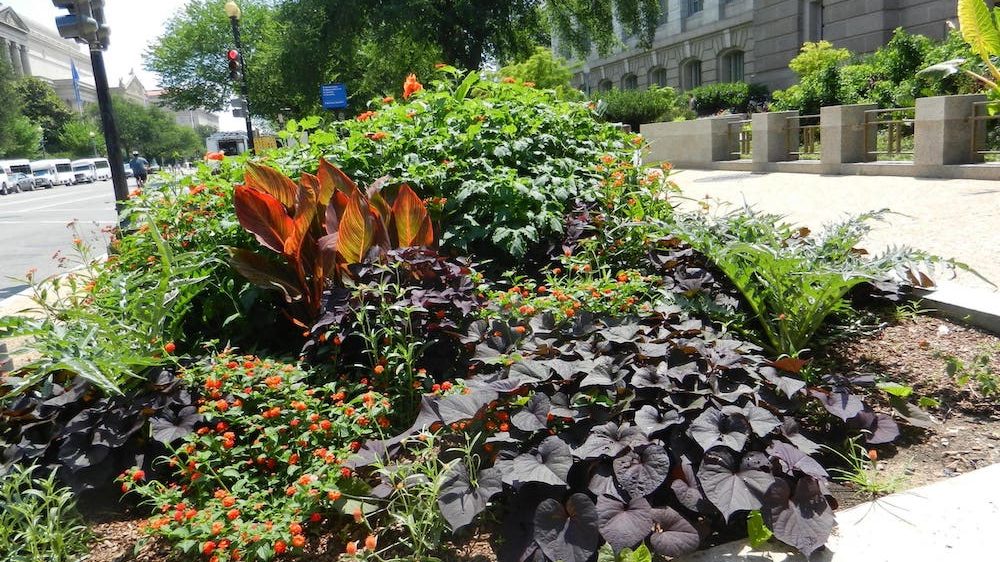
7. Bridge the gap. Once in a while, if you can, hop on a bus, head out to a local organic farm, and do some volunteering. You will get immediate access to a community of humans who care deeply for the Earth and you may discover you have a lot more access to land than you realized!
